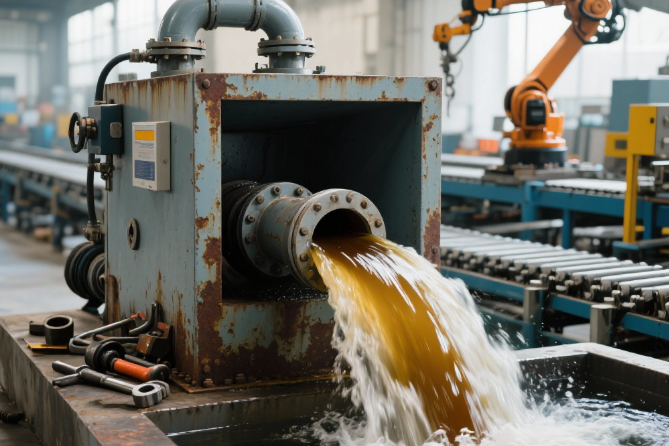E-mail seo@sino-purification.com

Time:2025-08-28 15:01:33 Reading volume:
Removing water and gas from oil is one of the core and most specialized functions of an oil purifier, far exceeding the capabilities of ordinary filters.
Think of it as the "blood purification center" of the oil system, not just its "kidney." It not only filters solid particles but also efficiently removes water (liquid water and water vapor) and various dissolved gases (such as air and hydrogen).

Water exists in three forms in oil: dissolved water, emulsified water, and free water. Oil purifiers use different removal methods for each form:
How it works: The oil-water mixture first passes through a coalescing filter element. The special material of this element causes tiny water droplets to coalesce (coalesce) into larger droplets. The larger droplets are then separated from the oil by gravity, settling into a sump for discharge. Effect: This is a highly effective method for removing liquid water, capable of treating oil to very low water contents (e.g., <100 ppm).
Principle: This is the most thorough and professional method for dehydration. The oil is sprayed into a vacuum tank (a flash tower). Under high-vacuum conditions, the boiling point of water drops dramatically (e.g., at -0.09 MPa, the boiling point can drop to approximately 40°C). The dissolved water and highly dispersed trace amounts of water in the oil rapidly vaporize (evaporate) and are extracted by the vacuum pump.
Effect: This method achieves deep dehydration, achieving extremely low water contents (down to <10 ppm) in treated oil. It is widely used in applications with extremely high moisture requirements, such as high-voltage power equipment (transformers) and turbine oil systems.
Principle: Utilizing the density difference between oil and water, a high-speed centrifuge generates a powerful centrifugal force, separating and discharging the heavier water.
Effect: Primarily suitable for separating large amounts of free water.
Gases in oil are primarily dissolved air (from the atmosphere) or dissolved gases generated by equipment operation (such as hydrogen and hydrocarbons dissolved in transformer oil).
Principle: Identical to vacuum dehydration. Under a high vacuum environment, various gases dissolved in the oil rapidly precipitate (similar to opening a bottle of Coke and releasing carbon dioxide due to a pressure drop). These precipitated gases are continuously extracted by a vacuum pump.
Effect: Efficiently removes dissolved gases, improving the oil's dielectric strength (critical for insulating oil) and lubricity, while preventing oil oxidation.
Summary and Notes
Simple pressure oil filters (consisting solely of a pump and filter element) can only filter solid particles, but cannot effectively remove water or degas. Dehydration and degassing typically require a vacuum or coalescing system.
If you need to treat insulating oil or require deep purification, choose a vacuum oil filter.
If you primarily treat hydraulic or gear oil with a high water content, a coalescing oil filter is a cost-effective option.
Centrifugal oil purifiers are more suitable for pre-treatment, removing large amounts of water and impurities.
Inlet water/gas content: The degree of contamination in your oil.
Outlet water/gas content: The desired cleanliness standard (e.g., <50 ppm water content in treated oil).
Cleanliness level: The level of solid particles detected after treatment (e.g., NAS 1638 Class 5).
Flow rate: The number of liters of oil processed per hour.
Conclusion: Professional oil purifiers (especially vacuum and coalescing types) are fully capable of efficiently removing moisture and gas from oil. This is a key maintenance measure to ensure the safe and stable operation of power equipment and industrial equipment, and to extend the oil quality and service life.